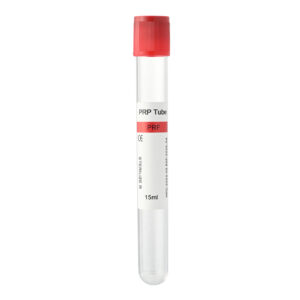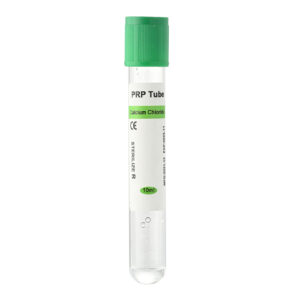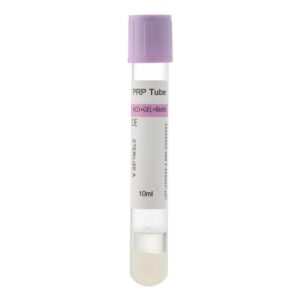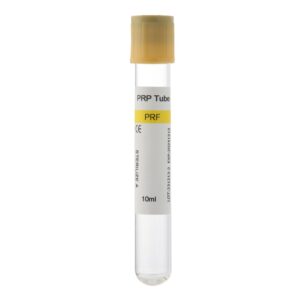Platelet-Rich Plasma (PRP) therapy serves as an advanced biomedical technology extensively recognized in various medical fields, especially in sports medicine, orthopedics, and cosmetic dermatology. This technique involves extracting the patient’s blood, enriching it with platelets, and re-injecting it into the injured area to promote self-repair and regeneration of tissues. While PRP therapy is highly regarded for its effective recovery outcomes, many patients are often unsure how to safely resume daily activities and exercise post-treatment. This article aims to provide professional advice and practical information on resuming exercise after PRP injections, helping patients better understand post-treatment activity planning.
How PRP Injections Work and Their Therapeutic Goals
PRP therapy utilizes blood platelets, which play a key role in natural healing processes. Platelets not only promote blood clotting but also release various growth factors that stimulate cell proliferation, accelerate tissue repair, and promote new blood vessel formation. When injected into the damaged area, these growth factors activate, speeding up the repair process, which is crucial for tissues damaged by sports injuries, arthritis, or skin aging.
Initial Recovery Period After PRP Injections
During the first few days post-PRP therapy, patients may experience mild to moderate pain or swelling, part of the natural response at the treatment site. Following the doctor’s advice on proper rest and care during this period is crucial. Healthcare professionals generally recommend avoiding any vigorous activity for the first 24 to 48 hours to prevent exacerbating pain or affecting the effectiveness of the PRP treatment.
Exercise Guidelines: Gradual Resumption of Activity
Light Activities
In the initial days following a PRP injection, you can start with light, non-impact activities such as slow walking. These activities help promote blood circulation without stressing the recovery process.
Increasing Activity Intensity
Depending on individual pain levels and recovery status, patients may gradually begin increasing activity intensity after the first week. Experts recommend starting with gentle stretching and then adding low-intensity aerobic exercises, such as jogging or cycling.
Avoiding High-Intensity Training
For the first four weeks post-injection, any activities that may overly stress the treatment site, such as weight training, high-intensity interval training, or long-distance running, should be avoided. During this period, it is crucial to listen to the body’s signals and avoid any activities that exacerbate pain or discomfort.
Monitoring and Evaluating Recovery Progress After PRP Injections
Throughout the recovery period, patients should regularly report their recovery status and any discomfort to their doctor. If pain intensifies or new discomfort appears as activity levels increase, it is imperative to reduce the intensity and seek further guidance from a doctor. Appropriate medical assessments can determine whether it is safe to increase exercise intensity or if additional treatment measures are necessary.
Conclusion
Understanding the guidelines for recovery and exercise after PRP injections enables patients to confidently cooperate with their treatment and promote faster bodily recovery. Remember, each individual’s recovery scenario is unique; therefore, following the doctor’s personalized advice and gradually resuming activities at your own pace is very important. Scientifically planning post-treatment activities not only enhances treatment effects but also effectively improves overall health and quality of life.





